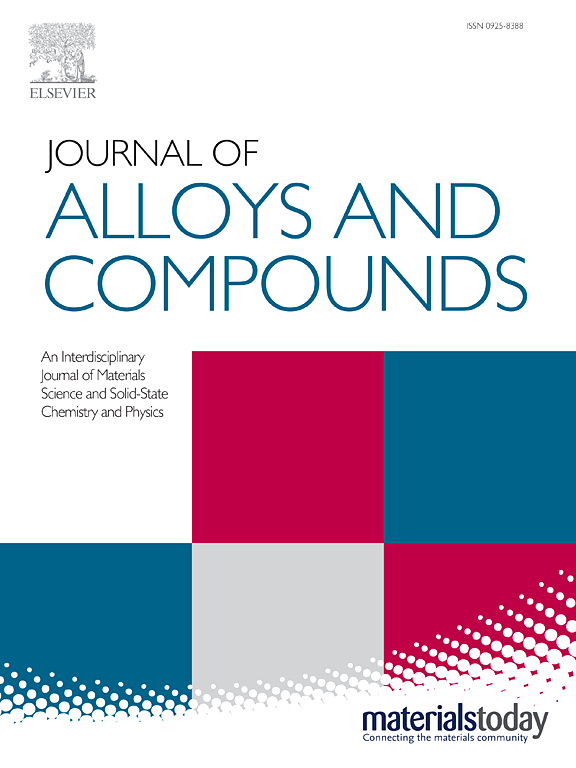Facile construction of a Bi2WO6/Mn0.2Cd0.8S S-scheme heterojunction for enhancing the photocatalytic tetracycline degradation performance and mechanism study
IF 5.8
2区 材料科学
Q2 CHEMISTRY, PHYSICAL
引用次数: 0
Abstract
Constructing S-scheme heterojunction photocatalysts for the degradation of antibiotics has been proved to be very useful. In this work, Bi2WO6/Mn0.2Cd0.8S S-scheme heterojunction was designed by in situ growing spherical Mn0.2Cd0.8S onto flower-like Bi2WO6. The photocatalytic degradation of tetracycline performance of Bi2WO6/Mn0.2Cd0.8S was significantly improved compared with that of pure Bi2WO6 or Mn0.2Cd0.8S due to the high photogenerated charge carrier separation rate and the retention of strong redox capacity. The photocatalytic degradation pathway of TC was deduced using 3D-EEM and LC-MS, and the charge transfer mechanism of the Bi2WO6/Mn0.2Cd0.8S S-scheme heterojunction was verified through free radical quenching experiments, EPR, XPS and DFT calculations. This study offers a valuable approach for designing efficient photocatalysts to remove antibiotics from water.

求助全文
约1分钟内获得全文
求助全文
来源期刊

Journal of Alloys and Compounds
工程技术-材料科学:综合
CiteScore
11.10
自引率
14.50%
发文量
5146
审稿时长
67 days
期刊介绍:
The Journal of Alloys and Compounds is intended to serve as an international medium for the publication of work on solid materials comprising compounds as well as alloys. Its great strength lies in the diversity of discipline which it encompasses, drawing together results from materials science, solid-state chemistry and physics.
 求助内容:
求助内容: 应助结果提醒方式:
应助结果提醒方式:


